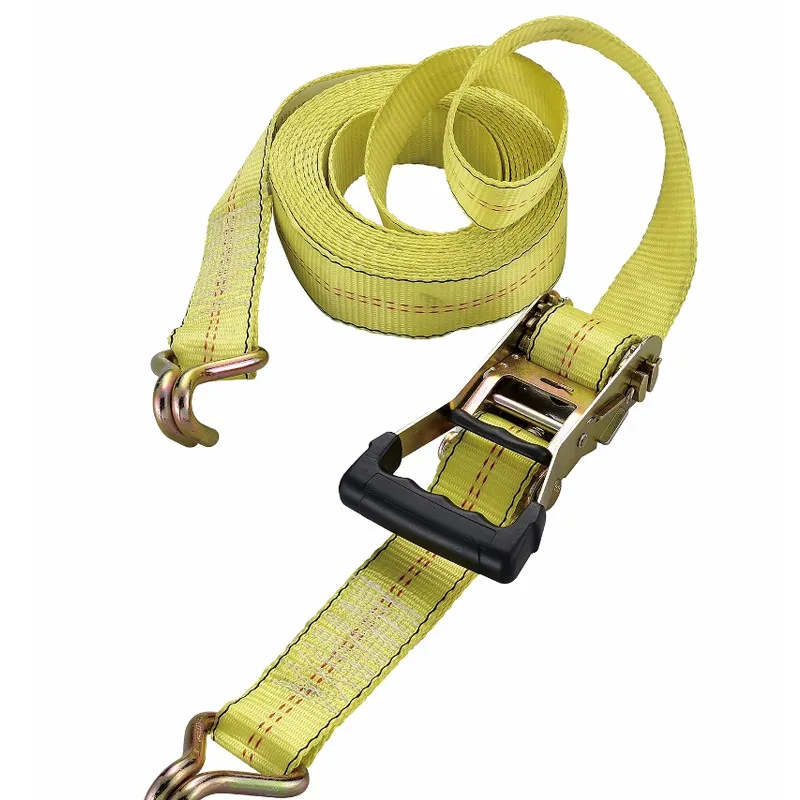Aug . 14, 2024 02:52 Back to list
Design considerations for ceiling grid systems and main tee installation techniques for optimal performance
Understanding the Ceiling Grid Main Tee A Comprehensive Overview
In modern architecture and interior design, the ceiling plays a crucial role in setting the tone and functionality of a space. Among the various components that contribute to a well-designed ceiling system, the ceiling grid main tee stands out as a fundamental element. This article will explore what a ceiling grid main tee is, its significance, installation process, and its various applications.
What is a Ceiling Grid Main Tee?
A ceiling grid main tee is a component of a suspended ceiling system. It is an integral part of the grid framework that supports the ceiling tiles or panels. The main tee is typically made from durable materials such as galvanized steel or aluminum, ensuring strength and longevity. These tees run perpendicular to the shorter cross tees and are spaced at regular intervals, usually 4 feet apart, depending on the design requirements of the space.
Importance of Main Tees
Main tees serve several important functions in a suspended ceiling system. First and foremost, they provide structural support. The grid formed by main tees and cross tees holds the ceiling tiles securely in place, ensuring they do not sag or fall. This structural integrity is especially vital in commercial buildings, where high foot traffic or heavy equipment might be present.
Additionally, main tees help with aesthetics and acoustics. They create a uniform appearance for the ceiling, ensuring that tiles align and are evenly spaced. This alignment can significantly enhance the visual appeal of a room. From an acoustic standpoint, the grid structure allows for sound absorption materials to be easily integrated into the ceiling system, improving the overall acoustics of a space.
Installation Process
ceiling grid main tee

Installing a ceiling grid main tee requires meticulous planning and precision
. The process typically begins with measuring the dimensions of the room and marking reference lines on the walls to ensure the grid is level.Once the markings are in place, the installation of the main tees begins. Main tees are suspended from the ceiling using wire hangers, which are adjusted to ensure that the tees remain level. The main tees are installed first, followed by the shorter cross tees, which snap into place to form a grid. Finally, the ceiling tiles are inserted into the grid, completing the suspended ceiling system.
It’s essential to adhere to manufacturer guidelines and local building codes during installation to ensure safety and longevity. Professionals often recommend using a laser level to achieve precision, as even slight discrepancies can affect the appearance and function of the ceiling.
Applications
The applications of ceiling grid main tees are vast and varied. They are commonly used in both residential and commercial settings, including office buildings, schools, hospitals, and retail spaces. In commercial environments, they are particularly beneficial in areas requiring easy access to overhead systems like electrical wiring, plumbing, and HVAC ducts. The suspended ceiling allows for simple maintenance and adjustments without extensive renovations.
In residential settings, ceiling grid main tees can be incorporated to create unique design features, including recessed lighting and decorative ceiling tiles, adding character and a personalized touch to the interior.
Conclusion
In summary, the ceiling grid main tee is a vital component of suspended ceiling systems that offers structural support, aesthetic enhancement, and functional convenience. Its proper installation and maintenance can significantly contribute to a space's overall design and practicality. Whether in a commercial or residential context, understanding the role of main tees can lead to better design choices and improved functionality, making them an essential feature in modern building practices.
-
Quality Ceiling Trap Doors & Access Panels | Easy & Secure AccessNewsAug.30,2025
-
Durable Ceiling T Grid Systems | Easy InstallationNewsAug.29,2025
-
PVC Gypsum Ceiling: Durable, Laminated Tiles for Modern SpacesNewsAug.28,2025
-
Pvc Gypsum Ceiling Is DurableNewsAug.21,2025
-
Mineral Fiber Board Is DurableNewsAug.21,2025
-
Ceiling Tile Clip Reusable DesignNewsAug.21,2025







